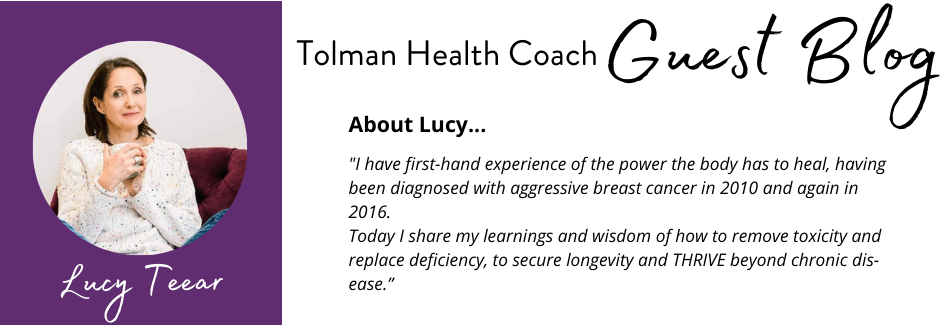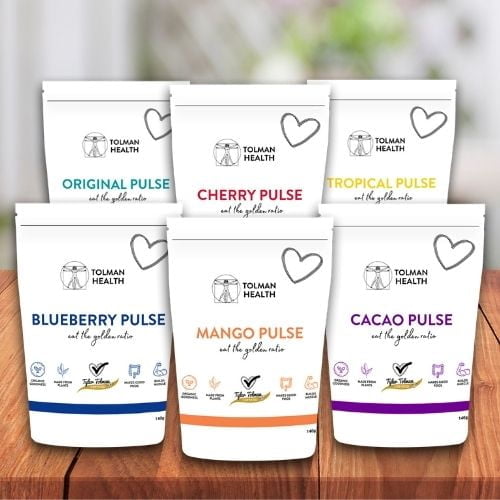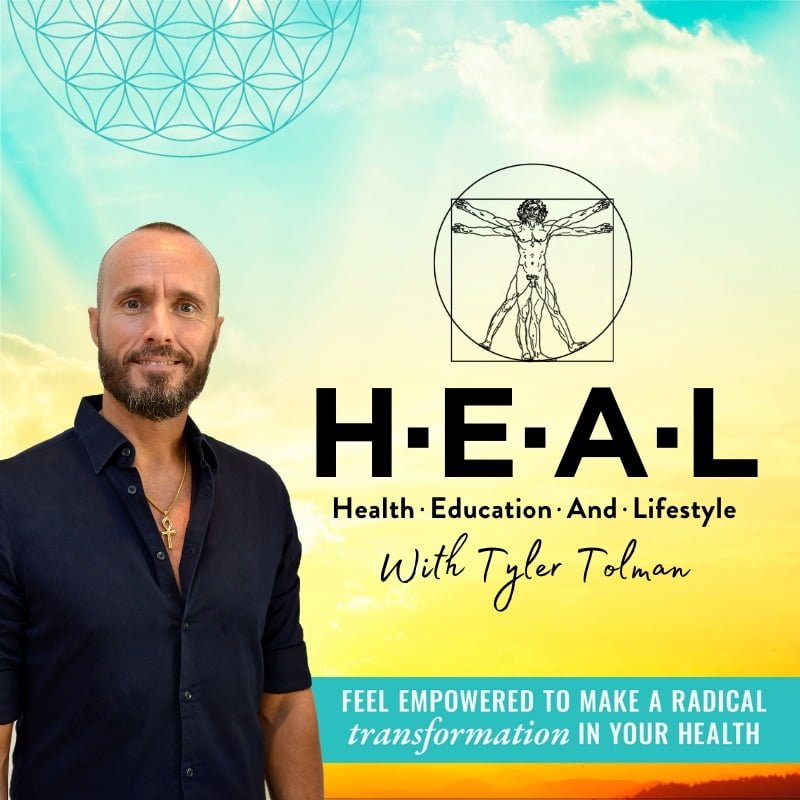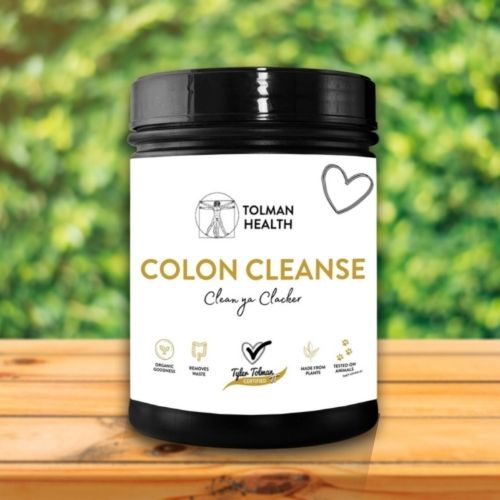TYLER TOLMAN BLOG
How to Find the Best Essential Oils & Spot the Low-Grade Ones by Coach Lucy Teear
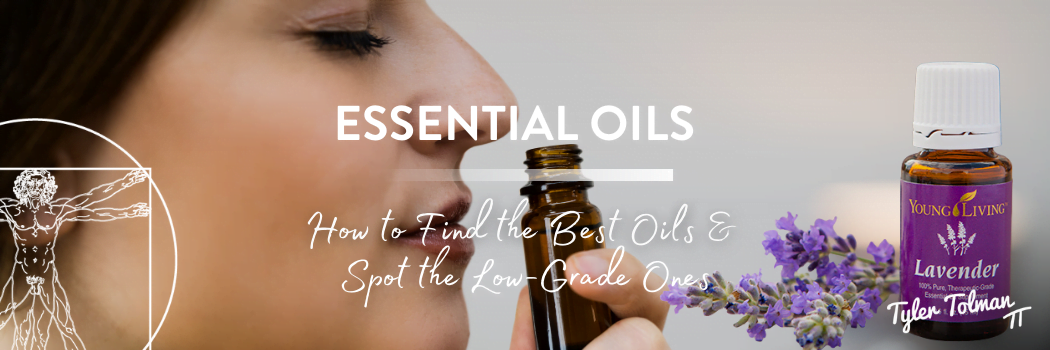
How to Find the Best Essential Oils & Spot the Low-Grade Ones by Coach Lucy Teear
The endorsement and encouragement of “Young Living” oils within our Tolman community have been carefully considered and for good reason. Not all essential oils are created equally with purity and authenticity in mind, and we absolutely shouldn’t compromise when it comes to products that support our health.
So, what are the differences and what should we be looking for with an essential oil:
The manufacture of essential oils is not regulated, making it difficult to identify a truly “pure” grade essential oil. Labels using clever marketing can be misleading and confusing, you think you’re buying a high-grade essential oil, but the reality is that they can contain contaminants!
To keep prices competitive many companies producing essential oils, include chemical diluents, alcohols or other fillers, or mix cheaper oils with more expensive ones. And as we’re aware additives and adulteration can be harmful to the body; these additives also greatly reduce the effectiveness of the oil.
Let’s take a closer look…
Pure Essential Oils - Low Grade
Many of the oils labeled “pure” are not derived from the plants grown in their native habitat, but from artificially created plant fields, without the same soil quality and climate that’s essential for the plant to thrive and achieve its full therapeutic potency. Soil is often contaminated by pesticides used to maximise harvests, not what we want infiltrating the body! Of course, this isn’t highlighted on the label making it VERY difficult to identify what you’re getting in the bottle.
The extraction process is often sub-standard, using a two-step solvent process whereby the plant is mixed and washed in a solvent, before being filtered off and produced into a solid mass that can be kept for some time before the essential oil is separated using ethanol (alcohol). This process leaves traces of solvent in the essential oil, and again, these solvents then enter the body and potentially cause health issues.
100% Pure Essential Oils - High Grade
Young Living oils are a different standard when it comes to purity and potency. Achieving high grade oil requires precise care and effort to protect what nature has created, correlating directly with the health supporting benefits. Young Living oils are grown in their own natural habitat, not contaminated from polluted soil or pesticides. They do not contain any synthetic fillers or artificial ingredients and have a very strict quality control with their “Seed to Seal” quality commitment: Highly trained scientists of our D. Gary Young Research Institute perform hundreds of tests at every step to ensure that they deliver the purest, most potent, and highest quality essential oils and oil-infused products. Purity starts in their fields, but it’s proven in their lab.
Young Living extraction process is of the highest standard, they NEVER use solvents in the process, all plants are either steam distilled at the optimum temperature, or cold pressed, preserving the delicate and precious plant oil, which is in every bottle. These exceptional standards produce the PUREST grade of essential oil available on the market.
Let's take a look at how you can tell a low-grade oil vs high-grade oil:
A simple technique to spot if an essential oil is pure or fake would be to conduct a ring test on a white strip of paper. Put a drop onto a tester strip, the ones usually provided in stores to smell fragrance, or on a piece of paper/card at home and leave it to dry. If a visible ring of residue appears after the essential oil has dried, then you know that the oil has been diluted with a carrier oil. Given its volatile nature, pure essential oils do not leave any residue when it dries.
Another way would be to test the greasiness of the essential oils by rubbing them between your fingers. If the essential oil is greasy, it is very likely that a carrier oil like jojoba oil, has been added. Carrier oils tend to give essentials oils a silky, oily texture. Pure essential oils are quick to absorb into the skin and do not leave a greasy feeling.
A third way is simply a smell test. Lavender’s a good one as it has an iconic fragrance. Does it smell right? Does the smell evaporate quickly? If it does then it’s likely it’s not 100% pure, a good quality oil will require a small drop and linger for a while.
And lastly, if it’s cheap then it’s not 100% pure essential oil. Buy cheap and you receive cheap.
To recap the best ways to know if an oil is high grade:
1. Ring Test – Droplet onto a white piece of paper, leave to dry. Should be no visible residue.
2. Greasiness Test – Rub oil between fingers. Should absorb quickly with no greasy feeling.
3. Smell Test – Fragrance should linger for a while.
4. Knowledge Test – Do your research to ensure you are buying from a reputable company, such as Young Living.
Thanks for reading!


